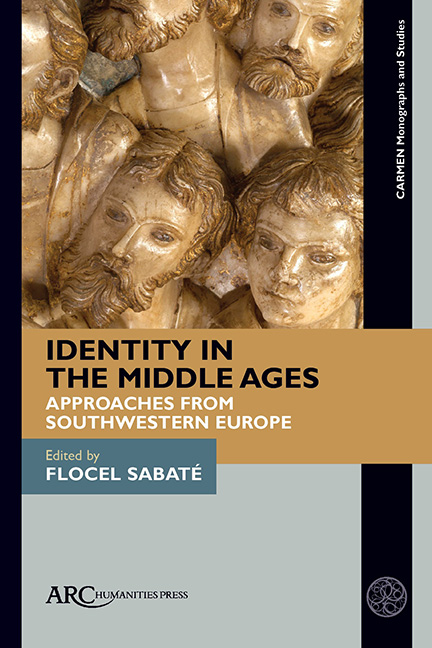Book contents
Chapter 11 - The Emergence of a Bourgeois Urban Identity: Late Medieval Catalonia
Published online by Cambridge University Press: 20 January 2022
Summary
THE CONFLICT-RIDDEN MIDDLE AGES, which brought into being the feudal system that was abolished by the revolutionary Assemblée nationale in August 1793, was a period based on seigneurial rule. It was dominated by the nobility and clergy, who were often arbitrary, and even ruthless, in their application of the ius primae noctis (“right of the first night”) and, according to Voltaire, included “friars who teach, argue, govern, plot, and burn at the stake, those who do not agree with them.” The heartwarming Middle Ages, rediscovered by Romanticism in the first decades of the nineteenth century, were much appreciated for the generous gallantry and deep spirituality of their knights, though we should not forget that these knights were also responsible for imposing this same “feudal tyranny.” It was a time of increasingly powerful lords. As Lord Lytton once observed, “the Church and the king wish[ed] to strengthen themselves by the gentry.” In such a Middle Ages, marked by feudal nobility, it is understandable that the bourgeoisie, who appropriated the French revolution8 and effectively took control of Europe, particularly from 1830 onwards, came to define a liberal society, allowing it to achieve levels of growth and prosperity that were able to correct the weaknesses inherited from the medieval period.
This liberal bourgeoisie located its own roots in the Middle Ages, but as a combative seed of change which had steered that era into the present. Using this logic, the emergence of cities and of urban communes during the medi eval period could be explained in terms of the confrontation between members of the bourgeoisie who fought against the feudal lords10 to obtain greater freedoms, similarly to the revolutions of the nineteenth century. The future world was a victory for urban dwellers, who “suffocated the feudal aristocracy, whose wealth was less than that of the merchant and industrial class, in terms of enlightenment and regularity of custom: in terms of social power.” Royal abuses were also reduced thanks to the firmness of the bourgeoisie, who did not think twice about personally confronting arrogant monarchs, as shown by the figures adorn-ing the pantheon of nineteenth-century bourgeois mytho logy, such as Etienne Marcel in France and Joan Fivaller in Catalonia.
- Type
- Chapter
- Information
- Identity in the Middle AgesApproaches from Southwestern Europe, pp. 243 - 260Publisher: Amsterdam University PressPrint publication year: 2021

